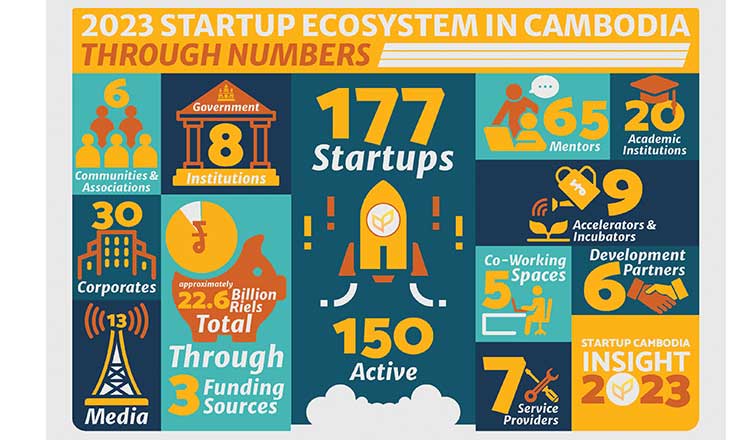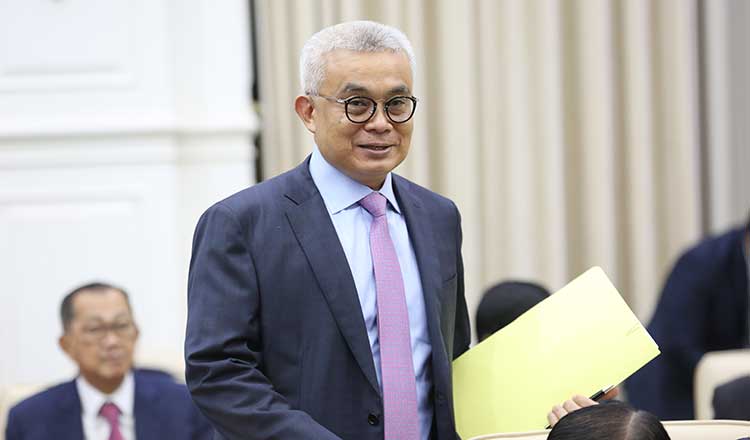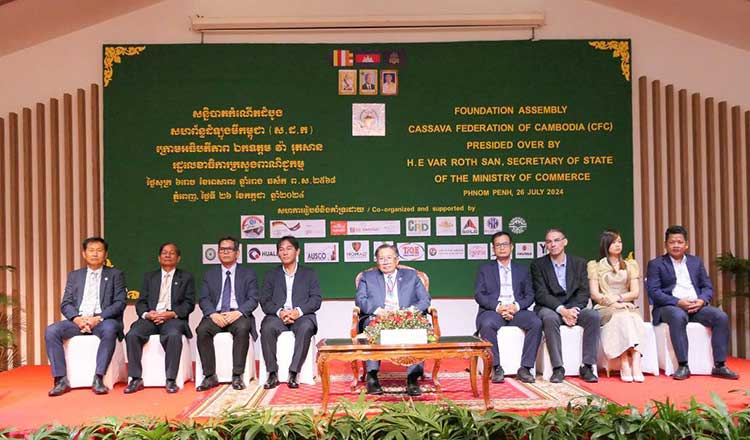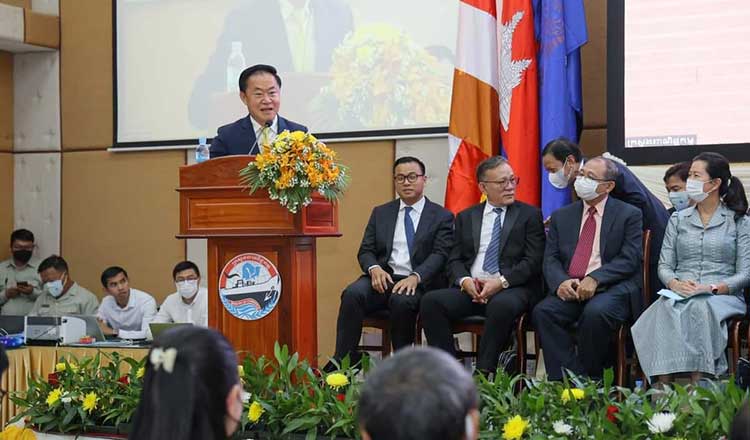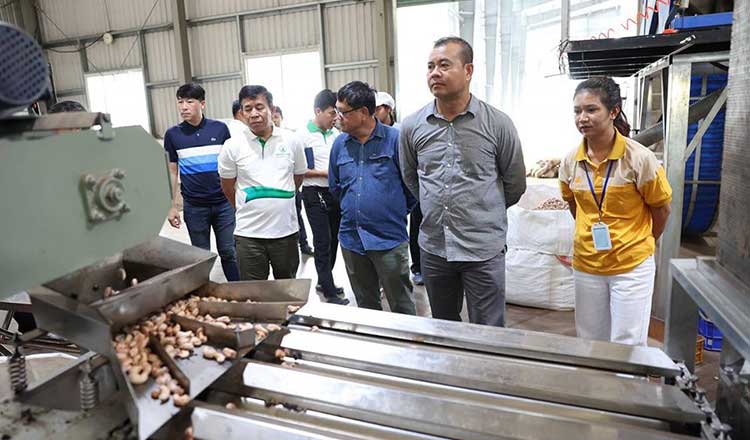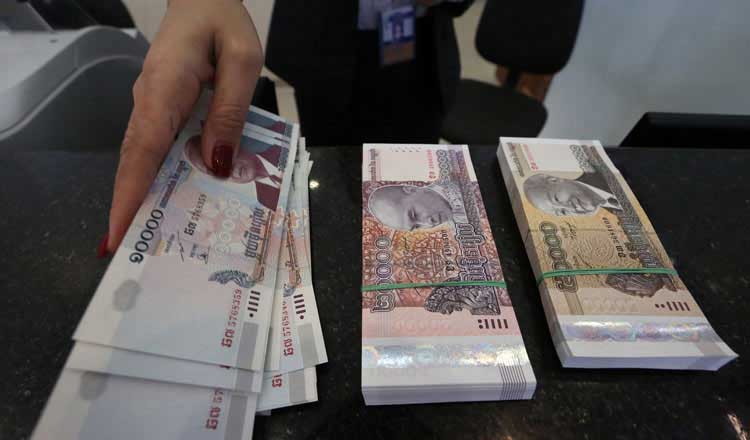Financing for real estate up 25 percent, despite rising NPLs
Financing for real estate up 25 percent, despite rising NPLs
Loan disbursements to the Kingdom’s construction and real estate sectors by domestic banking institutions have risen significantly during the first semester of 2024 compared to previous periods with real estate loans up around 25 percent, and construction loans up 15 percent, compared to the first half of 2023.
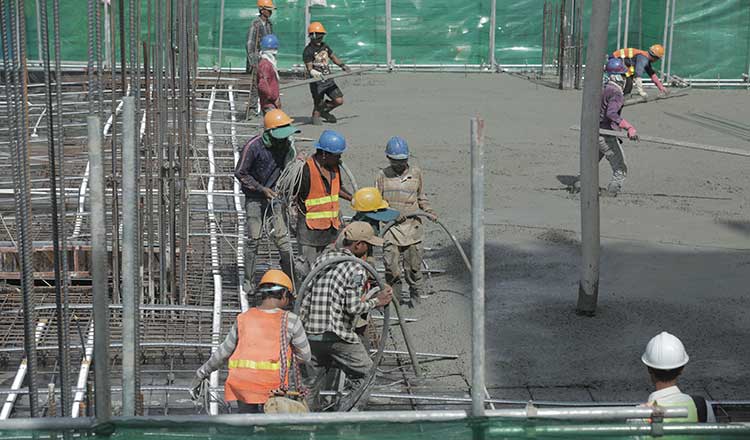
These trends were detailed in the latest financial industry report released by Cambodia’s central financial authority, the National Bank of Cambodia (NBC).
However, rising rates of non-performing loans (NPLs) recorded in 2024 may still influence growth in the real estate and construction industry in the coming periods, despite signs of growing consumer and financial industry confidence.
According to the NBC report, as of the close of the first half of 2024, loans to activities related to real estate sales nationwide totalled $5,996 million.
The disbursements to the real estate sector accounted for around 11 percent of the total outstanding loans disbursed by financial institutions market-wide during the six-month period, which equalled $52.8 billion.
The increase in real estate lending in H1 2024 hence represented a 25 percent increase compared to the same period of 2023.
Similarly, loans for construction-related activities also saw improvements in 2024’s first half.
The NBC reported loans to the construction sector totalling $5,121 million during the first six months of this year.
The disbursed fund accounted for close to 10 percent of the total outstanding loans made during the period.
Compared to 2023 lending, the data demonstrated a 15 percent increase over the same period in 2023’s first half.
The ongoing growth in lending suggests improving trust by the financial sector in the domestic construction and real estate sectors’ revival as of mid-2024.
However, compared to NBC’s 2023 reports, NPLs have increased, heightening risk for the sector.
NBC’s latest report noted that NPLs at banks and microfinance institutions nationwide were at controllable rates of 6.8 percent and 8.3 percent, respectively.
In comparison, according to NBC’s report for the first half of 2023, NPLs at banks and microfinance institutions were at rates of 4 percent and 3.3 percent, respectively.
Hence rates of NPLs have risen considerably, especially among microfinance institutions, alongside rejuvenated lending to the real estate and construction sectors.
According to estimates by S&P Global Ratings analyst Ruchika Malhotra in a recently released report, Cambodian banks’ asset quality is expected to deteriorate over the next two years with the share of NPLs peaking in 2026.
According to Malhotra, lingering effects from the pandemic have meant that the sectors most affected, including tourism and real estate, continue to lag behind the growth of the broader economy.
In particular, the real estate sector, which traditionally makes up about a fifth of the lending marketwide, still remains in a slump, she said, citing downturns in both foreign direct investment (FDI) into the sector, overall property prices, as well as domestic uptake.
In light of the ongoing influence of this downturn, she predicted that NPLs in Cambodia’s broader financial system are expected to continue to increase between 2024 and 2025, peaking at 7.7 percent of total loans in 2026.
“This reflects concentrated loan books in sectors that are lagging the broad recovery, delays in recognition, and cautious loan growth magnifying NPL ratios,” Malhotra explained.
She said that these signs suggest trends such as slower lending growth in coming periods, less concentrated loan books, and better provisioning necessary to improve the risk-reward scenario for Cambodian banks moving forward.
She said however that the Cambodian government’s significant investments in logistical infrastructure may improve the country’s value chain in manufacturing, potentially diversifying economic drivers and improving outlooks for the real estate and finance sectors in future periods.



